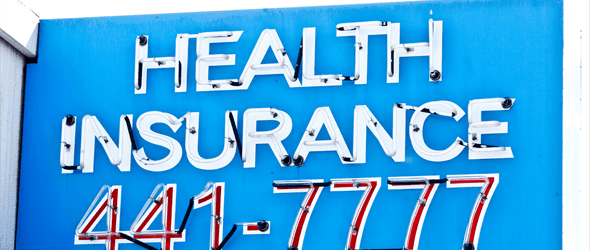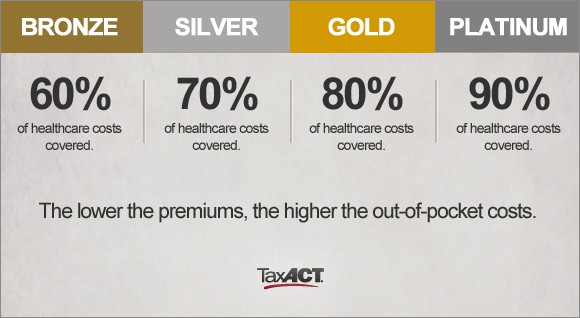
Location, location, location; they are often said to be the three most important factors in determining the value of real estate.
Location also matters a lot for low-income Americans in the hope of getting health insurance through the Affordable Care Act (ACA).
ACA aims to cover 21.3 million Americans uninsured low-income through the expansion of Medicaid and federal-sponsored by the state. But when the Supreme Court of the United States ruled on the constitutionality of the ACA last year, it gave states the right to withdraw from the Medicaid expansion. This means that eight million people that could have been covered could be left stranded without coverage.
Medicaid is not the only means available to low-income Americans seeking to cover by the ACA. Some low-income households will be able to purchase commercial insurance policies subsidized by the new health insurance markets.
Here is an overview of how the ACA will affect low-income Americans.
Coverage Offered in subsidized markets
For many Americans, the cost of out-of-pocket policy purchased through the markets 'official insurance will be reduced by federal grants.
eligibility and amounts are based on the cost of premiums and market your household size and income. In 2014, grants are available for people with annual incomes between $ 11,40 and $ 45,960; for a family of four, they cover households with incomes up to $ 23,550 $ 94,0.
The definition of income used here is modified adjusted gross income (MAGI), which includes salaries, wages, foreign income, interest, dividends and social security benefits.
a type of subsidy, advanced premium tax credits will be applied from the start as an adjustment of the cost of premiums and paid directly to the insurance company. If you choose to receive a lower credit or no credit at all, you can claim the refundable credit on your 2014 income statement (due April 2015).
The type of plan you choose also have a great impact on overall costs
The health insurance markets offer four levels of plans marked metal -: .. Bronze (lowest premiums), Silver, Gold and Platinum (higher premiums)
plans with higher premiums have lower out-of-pocket costs. Bronze plans, on average, will cover 60 percent of costs enlisted, with the rest covered by deductibles and coinsurance. gold and platinum plans will cover 80 to 0 percent of costs, respectively.

If you do not think you'll be able to cover high out-of pocket costs in the event of a health emergency, your goal should be to get the most coverage you can afford.
HealthcareACT.com the grant calculator can give you an idea of your eligibility for the tax credit on premiums. And the blog Financial Samurai provides a useful set of graphs showing the costs of insurance premiums for different sizes of households and incomes for money plans.
For example, a family of four with $ 50,000 income to receive the tax credit on premiums would pay an annual premium of $ 3,365; an individual making $ 25,000 with the credit would pay $ 1,729 per year.
Some low-income people will be eligible for grants sharing additional costs. ACA reduced deductibles, coinsurance, coinsurance and total out of pocket expenses for people with incomes below 250 percent of federal poverty level (FPL).
The reductions will help people who expect a lot of expenses to rise to a higher price level of metal. Click here for details on this additional help function of ACA
Medicaid Expansion
Before the ACA, Medicaid only served children, parents, pregnant women, disabled and elderly. in 2014, it is available to any adult with income below the threshold of the law
The law also creates a national definition for income qualifications for Medicaid in states that accept the ACA expansion program. before the passage of the law, the definitions have been set by the states, and they could vary somewhat.
Twenty-six States argue with the Medicaid expansion next year. To find out what is happening in your state, check this status report, which is regularly updated by the Kaiser Family Foundation.
In states that have accepted the expansion, Medicaid will cover adults with incomes up to 133 percent of the FPL. The definitions 2014 will not be announced before the start of next year, but this year, which translates into $ 15,282 for an individual.
In states that are not Medicaid expansion, many uninsured low-income adults will be discovered.
However, low-income adults with incomes between 100 and 138 percent FPL may be eligible for grants to help buy private policies through the health insurance market.
But people with incomes below this level aren 't qualify for subsidies. This creates a perverse effect in some states, people will be denied access to health insurance because their income is too low
Registration Help
Is everything complicated noise
[1945001?] indeed, it is -. and problems have been amplified by technical trouble surrounding the market launch of the federal Medicare Healthcare.govFind the starting point of your state market here or by calling 800-318 -2596.
in person help will be available from health centers across the country that have received grants from the US Department of Health and Human Services to hire and train "browsers".
Some states also offer assistants and advisers. And States also have the option of allowing insurance agents and brokers to register people in trade. Use this link to find help near you
Photo credit :. Thomas Hawk via photopin cc

0 Komentar